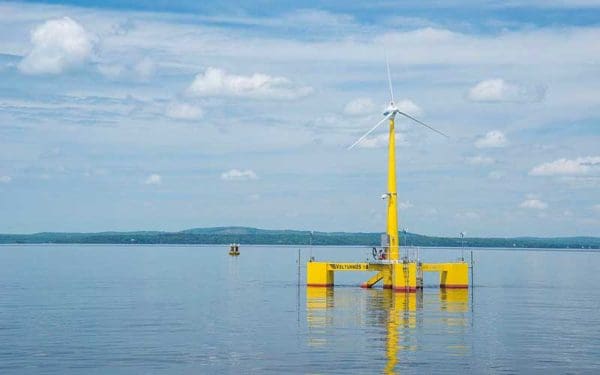Winds of Change
With at least nine new offshore wind farms geared to start spinning in New England by 2028, now is the moment to consider what thoughtful and inclusive offshore wind infrastructure looks like.
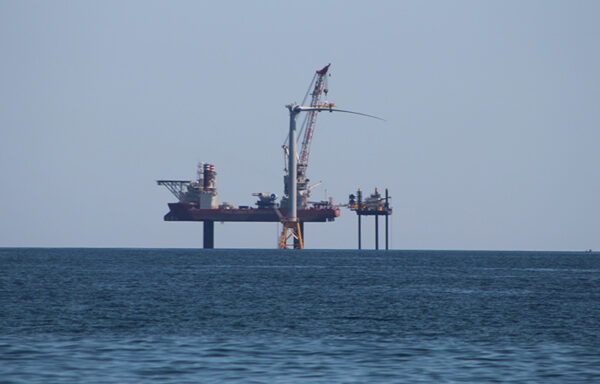
With at least nine new offshore wind farms geared to start spinning in New England by 2028, now is the moment to consider what thoughtful and inclusive offshore wind infrastructure looks like.

“This new law takes some great steps on biomass and offshore wind, but it’s sorely lacking when it comes to environmental justice,” said Staci Rubin, Vice President of Environmental Justice at CLF. “For too long, these communities have been overburdened and overlooked when it comes to air quality, access to transit, and toxic pollution. We need to put a much larger focus on protecting EJ neighborhoods and phasing out fossil fuels once and for all when the legislature reconvenes.”

“Offshore wind is a crucial element of our nation’s strategy to address the climate crisis, but it must be done in a way that protects vital ocean wildlife and habitat,” said Dr. Priscilla Brooks, Director of Ocean Conservation at CLF. “With fewer than 350 critically endangered right whales remaining on earth, every loss is a tragedy. The vessel speed restrictions and adaptive management measures agreed to by South Fork Wind will go a long way toward protecting these whales from being injured or killed by project vessels.”
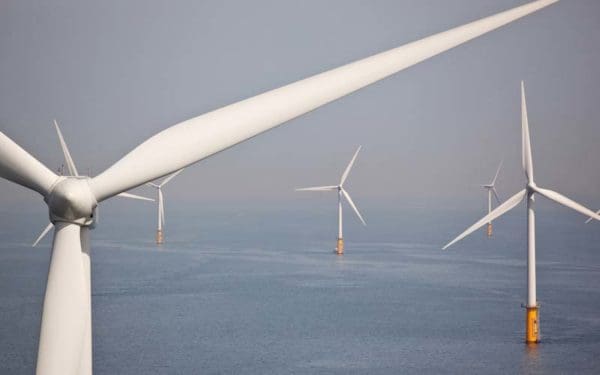
“It’s simply flawed to choose areas for offshore wind development before doing a full environmental analysis,” said CLF attorney Nick Krakoff. “It is critical to advance the development of offshore wind to respond to the climate crisis and clean up our electric grid, but it must be done responsibly. BOEM must improve its processes and consider the full environmental and socioeconomic impacts of wind development before areas in the Gulf of Maine are chosen.”
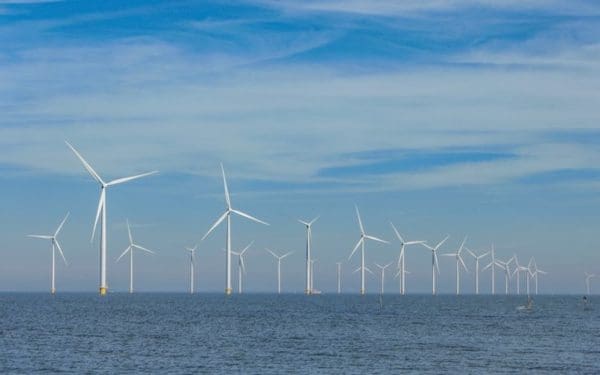
“Responsibly sited offshore wind has the power to transform our energy grid and combat the climate crisis,” said CLF President Brad Campbell. “Today’s news is a significant and welcome milestone for Vineyard Wind and the future of all offshore wind in the U.S. As this project and others move forward, they must keep pace with the best available science and technology to ensure that their impacts on critically endangered North Atlantic right whales as well as other vulnerable species and their habitats are appropriately avoided and minimized.”

“After four years of Trump obstructing clean energy and promoting dirty fuels at every turn, President Biden’s focus on offshore wind comes not a moment too soon,” said Bradley Campbell, President of CLF. “Wind has the potential to power our homes, our green economy, and our transition away from polluting fossil fuels for good. However, projects must be responsibly sited to protect ocean life as well. Today’s announcement should be a boon to New England’s nascent wind industry and a strong start to the administration’s pledge to have a zero-emission grid by 2035.”

“Offshore wind is a critical piece of New England’s shift from polluting fossil fuels to clean energy,” said Priscilla Brooks, Director of Ocean Conservation at CLF. “Today’s news is an exciting step forward for the Vineyard Wind project and we look forward to reviewing the environmental impact statement. We will continue to work with Vineyard Wind and federal officials to make sure that this project moves forward quickly and in a way that avoids harm to endangered North Atlantic right whales as well as other ocean wildlife and habitats.”

New England is no stranger to climate action. So, as I look to 2021, I see New England continuing to lead on climate.
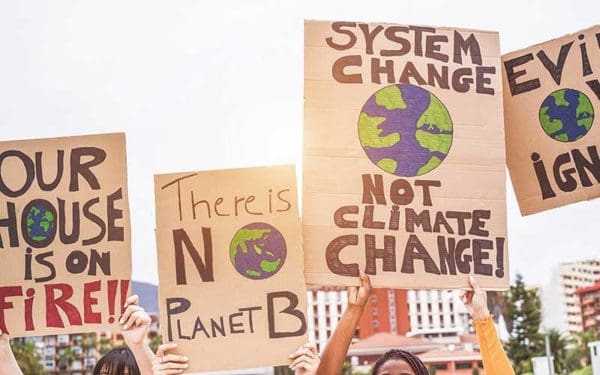
CLF is no stranger to tough fights and seemingly impossible odds. In our 50-plus-year history, we’ve taken on – and taken down – Goliaths, from Big Coal to Big Gas. Here’s what we have learned from the biggest battles of the past decade – and what we must, and will, do before we reach 2030.
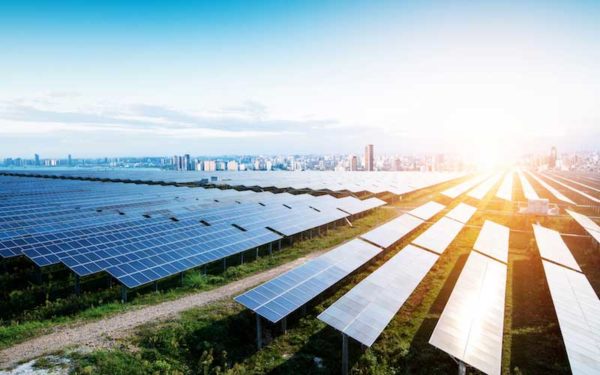
Home to some of the world’s strongest offshore winds, the Gulf of Maine can play an essential role in helping meet New England’s climate goals. But the energy of those winds has yet to be harnessed. Over the last decade, progress on this front stalled due in large part to the anti-wind policies of former… Continue reading Offshore Wind in the Gulf of Maine Back on Track
